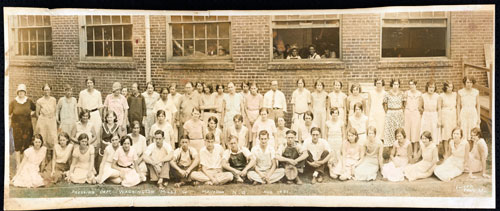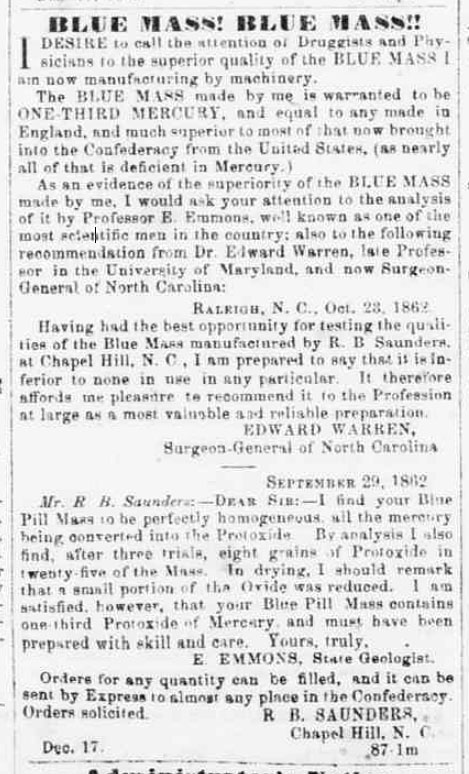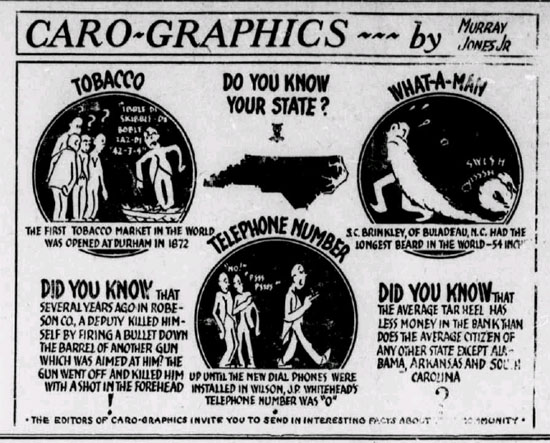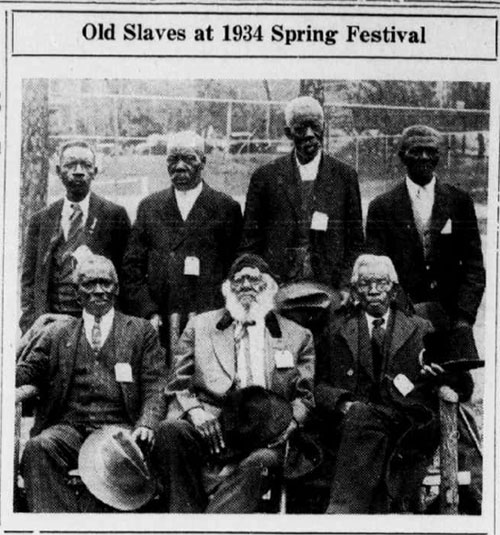
Word reached these parts today that workers have begun dismantling the old Washington Mills in Mayodan. The mill’s origins date to 1896 when Colonel Francis Fries and W.C. Ruffin built a dam on the Mayo River in Rockingham County and set up a factory to spin uncolored yarn. The town of Mayodan soon formed around the mill and blossomed as demand for products from the Mayo Mills Company grew. In 1911 the company built a knitting factory, which manufactured men and boy’s underwear in the “long-handled” and “red-flanneled” styles. During World War I, the company supplied underwear for troops serving in Europe. In 1921, the mill owners consolidated their Mayodan plants with those in Fries, Virginia and created Washington Mills Company. After World War II, Washington Mills expanded its line to include the manufacture of “sportswear,” including polo-style shirts for men and women. Eventually, Washington Mills was sold to Tultex, which ran the factory until it closed in 1999.
According to the Greensboro News & Record, a development group bought the old mill after its closure and planned to turn it into a gospel hall of fame and events center. But those plans didn’t materialize. The plant is on the National Register of Historic Places, but such a listing does not prevent a property’s owner from changing or destroying it.
Our colleagues at the James Library of Rockingham Community College have done a great job of preserving some of the mill’s history with an online collection that includes mill badges, an ad for Mayo underwear, a stock certificate and plenty of photos. They’ve also put up a Flickr site with lots of images of Mayodan and the mill.







